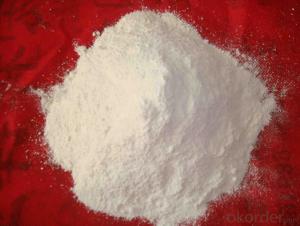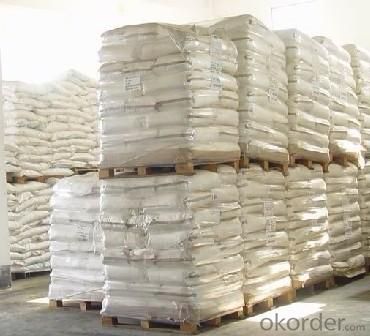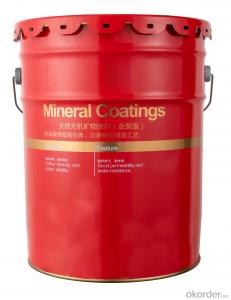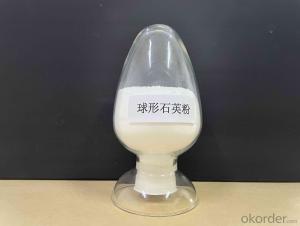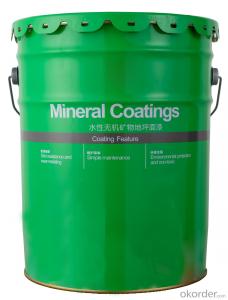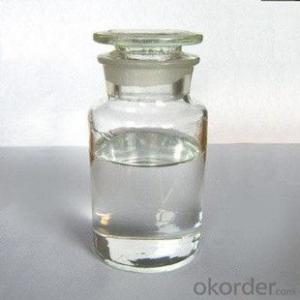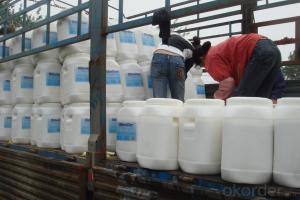white carbon black (SiO2) / silica dioxide - enhanced tear strength and abrasion resistance
- Loading Port:
- Qingdao
- Payment Terms:
- TT OR LC
- Min Order Qty:
- -
- Supply Capability:
- 20000 m.t./month
OKorder Service Pledge
OKorder Financial Service
You Might Also Like
Specifications
Cas no.:7631-86-9
Product: silica / white carbon black/ SiO2
Production process: precipitated, fumed
Capacity: 25000 MT/a
CAS no.:7631-86-9
Product: silica / white carbon black/ SiO2
Production process: precipitated, fumed
Color: white
Appearance: powder or granular
Packing: 10kg/bag, 20kg/bag, per your need, with or w/o pallets
Capacity: 25000 MT/a
Payment: T/T, L/C, DA, DP, etc
Shipment: 2 weeks after your confirmed order
SiO2 / Silica/ White Carbon Black MAIN SPEC:
Main Item | Spec |
BET | 110~210 (110~ 130, 140~160 , 170-190, 180-210) m2/g |
DBP | 200~ 350 ( 200~260, 240~280, 240-350, 250-310) mL/100g |
Loss on drying (105°C) | 8% max |
PH (5% sol) | 6~8 |
SiO2 | 90% min |
Specific product OF SiO2 / Silica/ White Carbon Black for Rubber:
With special physic-chemical properties, Precipitated silica work as reinforcing transparent fillers highly valued in formulation of rubber-based blends, lead to enhanced tensile strength, tear strength and abrasion resistance and increase hardness of vulcanized rubbers, reduce consumption of rubbers and therefore reduce the cost.
Main spec:
Main Item | Spec |
BET | 140~160 m2/g |
DBP | 240~280 mL/100g |
Application:
1) SiO2 / Silica/ White Carbon Black For Light-colored, color and High-grade transparent rubber products.
2) SiO2 / Silica/ White Carbon Black For PE, PP, powder products as filler with good fluidity property
3) SiO2 / Silica/ White Carbon Black As food additives, feed additives, Pesticide carrier with good fluidity and anti-caking property
4) SiO2 / Silica/ White Carbon Black For glass cement, sealant, painting, coating, printing ink, as thickener and Anti precipitating agent
5) SiO2 / Silica/ White Carbon Black for others
Storage: dry, clean, ventilated space
Any help from us, please contact freely! NICE DAYS !
- Q:Why the catalyst after the chemical reaction of its quality and chemical properties unchanged
- In fact, the catalyst in the reaction process has become other substances, but after the end of the reaction, the catalyst has changed back. That is, the catalyst is actually involved in the reaction, except that the amount of catalyst being reacted is as much as it did.
- Q:In the presence of catalyst, KCl is produced in the thermal decomposition of KClO3.You did not have a catalyst. Did you get the same products for this reaction as you would have with a catalyst?
- A catalyst changes the RATE of a reaction, not the products. So, yes, you get the same products without the catalyst as you do with the catalyst.
- Q:When there is a catalyst in the chemical equation, it is not necessary to match the atoms of the catalyst
- No, the catalyst is written above the equal sign, not the reactants, nor the product
- Q:What is a chemical catalyst?
- A substance that participates in chemical reactions but does not change the quality and chemical properties. It can change the reactant activation energy, speed up or slow down the reaction rate.
- Q:Will the catalyst decompose during the reaction between two substances? Exp:the decomposition of hydrogen peroxide.Will the manganese 4 oxide decompose?
- Catalysts are not used/destroyed in any reactions, it merely speeds up the process by lowering the reaction activation energy. It functions by being able to weaken or break the required bonds necessary in the chemical reaction (thus lowering activation energy) through temporary and weak bonding to form a complex. In this case the H2O2 molecule will bind with the MnO2 molecule due to the complimentary sites (thus forming a complex) to weaken the bonds for decomposition, but after decomposition the products (oxygen and water molecules) break off from the catalyst (as there are no more complementary sites with them) thus the catalyst will not be destroyed.
- Q:Why does the chemical and chemical properties change before and after the reaction?
- The catalyst will induce chemical reactions to change, leaving the chemical reaction faster or in a lower temperature environment for chemical reactions.
- Q:To write a 1500 words of small papers, so please help you busy
- Change the course of the reaction
- Q:Briefly define a homogenous catalyst? Help please!?
- A homogenous catalyst is in the same phase as the rxn it is catalyzing. Most people think of catalysts as heterogenous: either sold (cat) liquid (rxn) (Raney Ni hydrogenation) or solid (cat) gas phase rxn) (catalytic convertors, NH3 production, SO2 oxidation, nitric acid production) polyethylene synthesis with Ziegler Natta catalysts. (Wikipedia). However starting probably with the Wilkinson hydrogenation catalyst Rh(PPh3)3Cl in 1966 a whole field of homogeneous catalysis has develope where the catayst is in soln. It proved to be a Renaissance for Inorg chem. These catalysts have several advantages over heterogenous catalysts: take place under mild conditions (green chem); the mechanisms are usually understood and can therefore be modified to be extremely specific for a substrate. There have been several Nobel Prizes in this area in the last decade because of their importance in organic synthesis: 2010, 2005, 2001. The one type of homolytic gas phase catalysis rxn I can think of are those that involve a radical chain mechanism: destruction of O3 by Cl? and chlorination (bromination) of alkanes.
- Q:Chemical production of iodine and magnesium with water as catalyst!
- In the 250mL three bottles were equipped with spherical condenser and constant pressure dropping funnel, in the condensate tube connected to the anhydrous calcium chloride drying tube. The flask was placed with 1.5 g of magnesium chip and a small tablet of iodine, 10 g of bromobenzene and 30 mL of anhydrous ether were mixed in a constant pressure dropping funnel. First 1/4 of the mixture into the flask, a few minutes later see the magnesium surface of the bubble generated, the solution was slightly cloudy, iodine color began to disappear. If no reaction occurs, use a hot water bath. After the start of the reaction, stir, slowly dropping the remaining bromophene ether solution, dropping the rate to keep the solution was slightly boiling state, after adding, in the water bath to continue reflow 0.5h, magnesium tablets full effect.
1. Manufacturer Overview |
|
|---|---|
| Location | |
| Year Established | |
| Annual Output Value | |
| Main Markets | |
| Company Certifications | |
2. Manufacturer Certificates |
|
|---|---|
| a) Certification Name | |
| Range | |
| Reference | |
| Validity Period | |
3. Manufacturer Capability |
|
|---|---|
| a)Trade Capacity | |
| Nearest Port | |
| Export Percentage | |
| No.of Employees in Trade Department | |
| Language Spoken: | |
| b)Factory Information | |
| Factory Size: | |
| No. of Production Lines | |
| Contract Manufacturing | |
| Product Price Range | |
Send your message to us
white carbon black (SiO2) / silica dioxide - enhanced tear strength and abrasion resistance
- Loading Port:
- Qingdao
- Payment Terms:
- TT OR LC
- Min Order Qty:
- -
- Supply Capability:
- 20000 m.t./month
OKorder Service Pledge
OKorder Financial Service
Similar products
New products
Hot products
